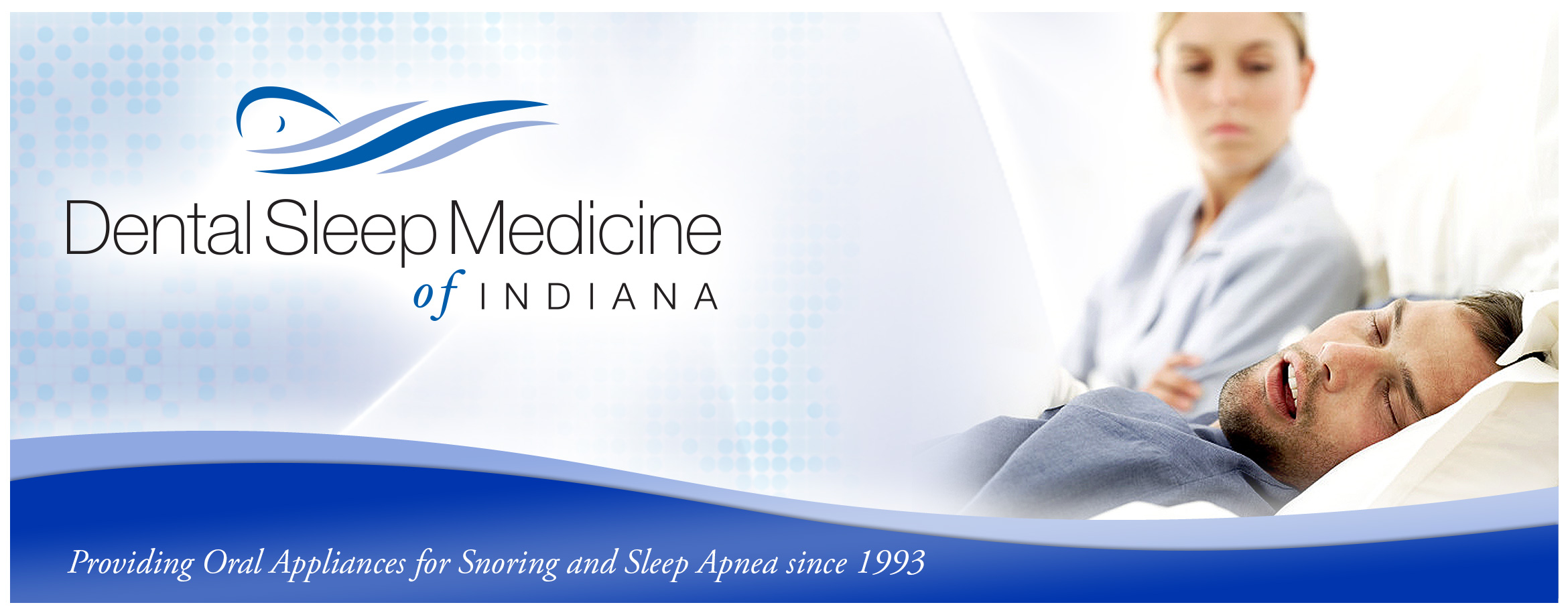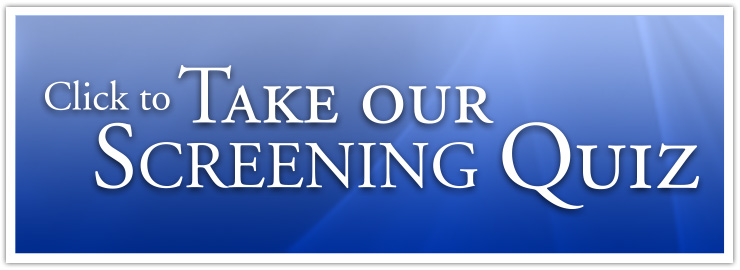

Snoring & OSA
Some typical symptoms of OSA are:
• Stopping breathing while sleeping
• Struggling to breathe while sleeping
• Tired and sleepy through the day
• Falling asleep at inappropriate times
• Morning headaches
• Difficulty concentrating
• Forgetfulness
• Often depressed
• Sexual dysfunction
Sleep deprivation
• 32% of Americans sleep 6 hours or less per night
• 23% of adults fall asleep at the wheel during the past year
Snoring and sleep apnea
• Approximately 40% of adults over 40 snore
• 87 million Americans snore and 45 million of them snore every night
• 9% of men and 4% of women have signs of OSA on testing
• 4% of men and 2% of women have signs and symptoms of OSA
• OSA is as prevalent as diabetes or asthma
1. Snoring with intermittent pauses
2. Excessive daytime sleepiness (EDS)
3. Awakenings due to gasping and choking
4. Fragmented, non-refreshing sleep
5. Poor memory and clouded intellect
6. Personality changes
7. Decreased sex drive
8. Morning headaches
1. Increased age - although many young people also
2. Increased weight/obesity - although thin and fit too
3. Male gender - although many, many females also
4. Disproportionate upper airway anatomy
5. Alcohol or sedative hypnotics
6. Hypothyroidism
1. Increased rate of motor vehicle accidents
2. Increased risk of loss of employment
3. Uninsurability
4. Marital discord
5. Cardiovascular consequences
6. Stroke
7. Diabetes
8. Obesity
9. Age
10. Sedentary lifestyle
1. Cessation of breathing leads to:
• Reduced oxygen levels in the blood
• Increased carbon dioxide levels in the blood
• Acidosis
2. Sleep fragmentation during apnea leads to constant arousals and EDS
3. Cardiovascular consequences of OSA
• 30-45% of patients with OSA have hypertension
• OSA patients have 5 times greater incidence of heart attack
• Individuals with chronic snoring have 3 times greater risk of dying during
sleep than non-snorers (most likely due to accompanying apnea)
1. Length of time of apnea event
2. Percentage of oxygen desaturation
3. Complete or Partial stoppage of breathing index is:
• 5-15 events per hour = Mild OSA
• 15-30 events per hour = Moderate OSA
• >30 events per hour = Severe OSA
1. Behavioral treatment and avoidance of risk factors
• Weight loss
• Body positioning
• Avoidance of CNS depressants
• Avoidance of upper airway irritants
2. Continuous positive airway pressure (or bi-level) (CPAP)
3. Oral appliance therapy
4. Surgery
• Tracheostomy
• Tonsillectomy/adenoidectomy
• Nasal surgery
• Uvulopalatopharyngoplasty (UPPP)
• Somnoplasty
• Maxillofacial surgery
1. Primary/heavy snoring
2. Mild to moderate OSA (and some cases of severe OSA)
3. Poor tolerance of nasal CPAP
4. Failure of UPPP
5. Use of appliance during travel
6. Use in combination with other treatments (nasal CPAP, etc.)
1. Mandibular repositioning devices
2. Tongue retaining devices
1. Tongue retaining devices
• Advances the base of the tongue
• Actively holds tongue forward to open airway
2. Mandublar repositioning appliances
• Repositions and stablilizes the mandible, tongue, and hyoid bone
(and sometimes the soft palate)
• Increases baseline genioglossus muscle activity
• Increases size of the airway in a medial lateral dimension more than AP dimension
Snoring:
A noise produced primarily with inspiratory breathing during sleep due to vibration of the of the soft palate and other tissues.
Upper airway resistance syndrome:
An exaggerated breathing effort and snoring created by high resistance to airflow in the upper airway. This causes fragmented sleep and significant daytime drowsiness (no evidence of apnea on testing)
Obstructive sleep apnea:
• Stoppage of breathing for 10 seconds or more at least 5 times per hour
• Oxygen saturation in the blood decreases more than 4 %
• Apnea events and with an arousal from sleep
• Arousals lead to chronic daytime sleepiness and other symptoms
• OSA is a disorder which is diagnosed by having a sleep study (polysomnogram) and interpreted by a physician.


